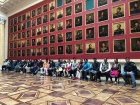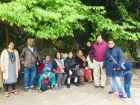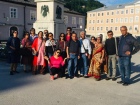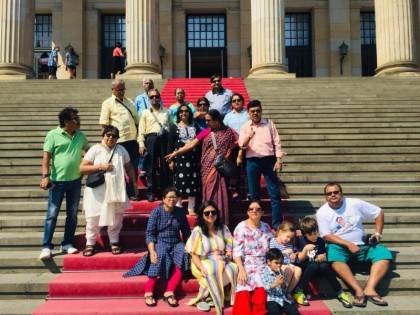Quick Query
Balkan Region 2025

Duration : 12N / 13D
Tour Highlights :
- Belgrade 3N
- Sofia 1N
- Skopje 1N
- Ohrid 1N
- Tirana 1N
- Budva 2N
- Split 1N
- Plitvice 1N
- Zagreb 1N
Places to visit :
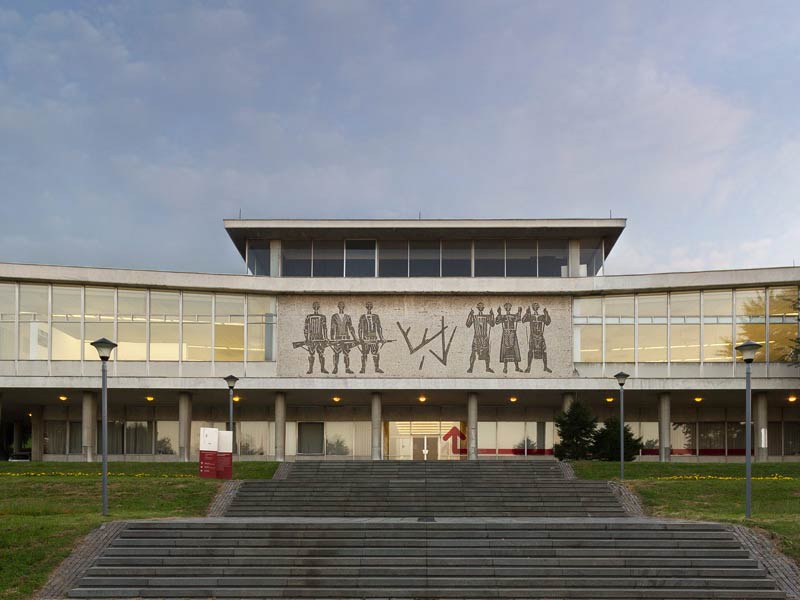
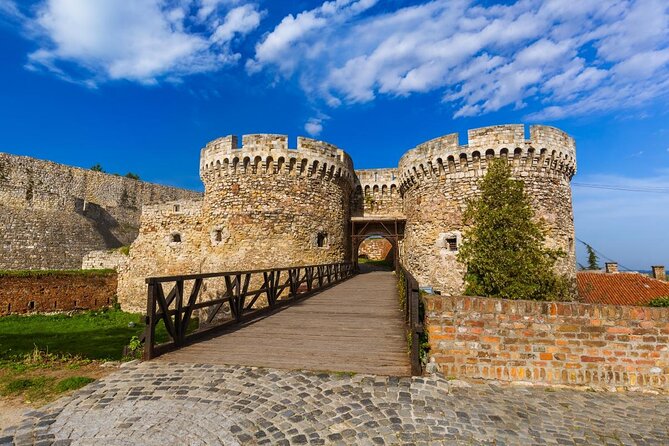
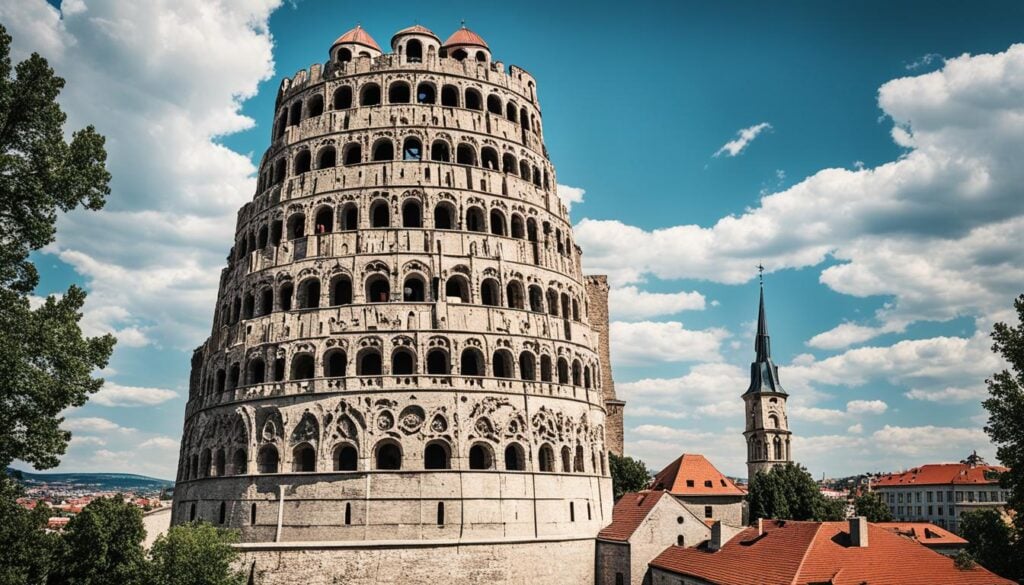
Museum of Yugoslavia Belgrade Fortress Skull Tower
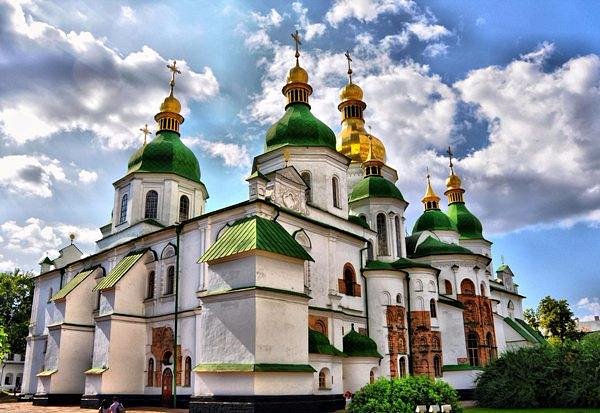

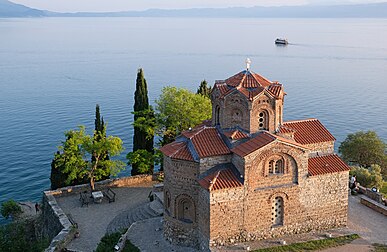
St. Sophia Church Skopje Fortress Church of St. John
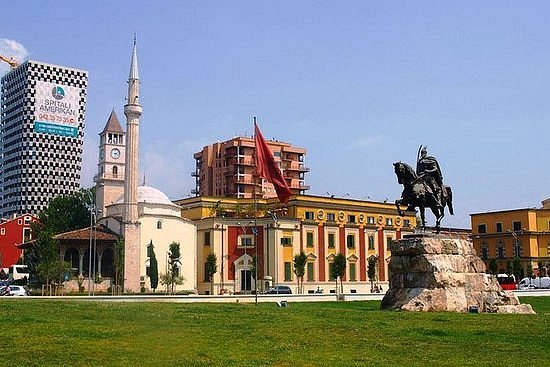
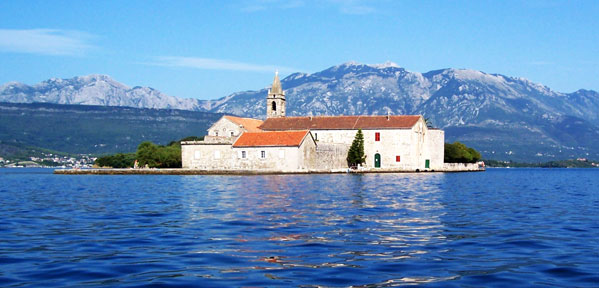
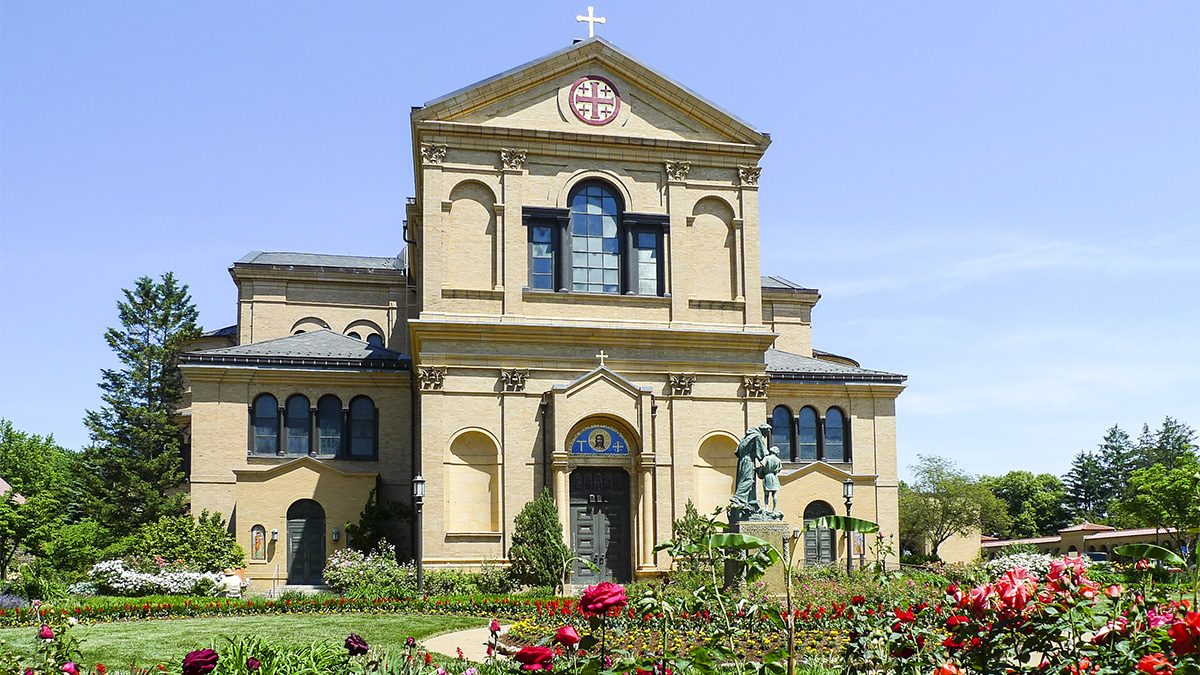
Skanderbeg Square Gospa Island Franciscan Monastery
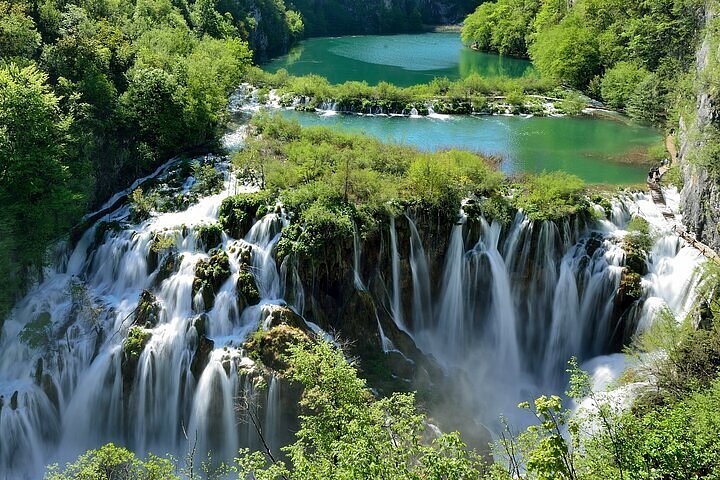
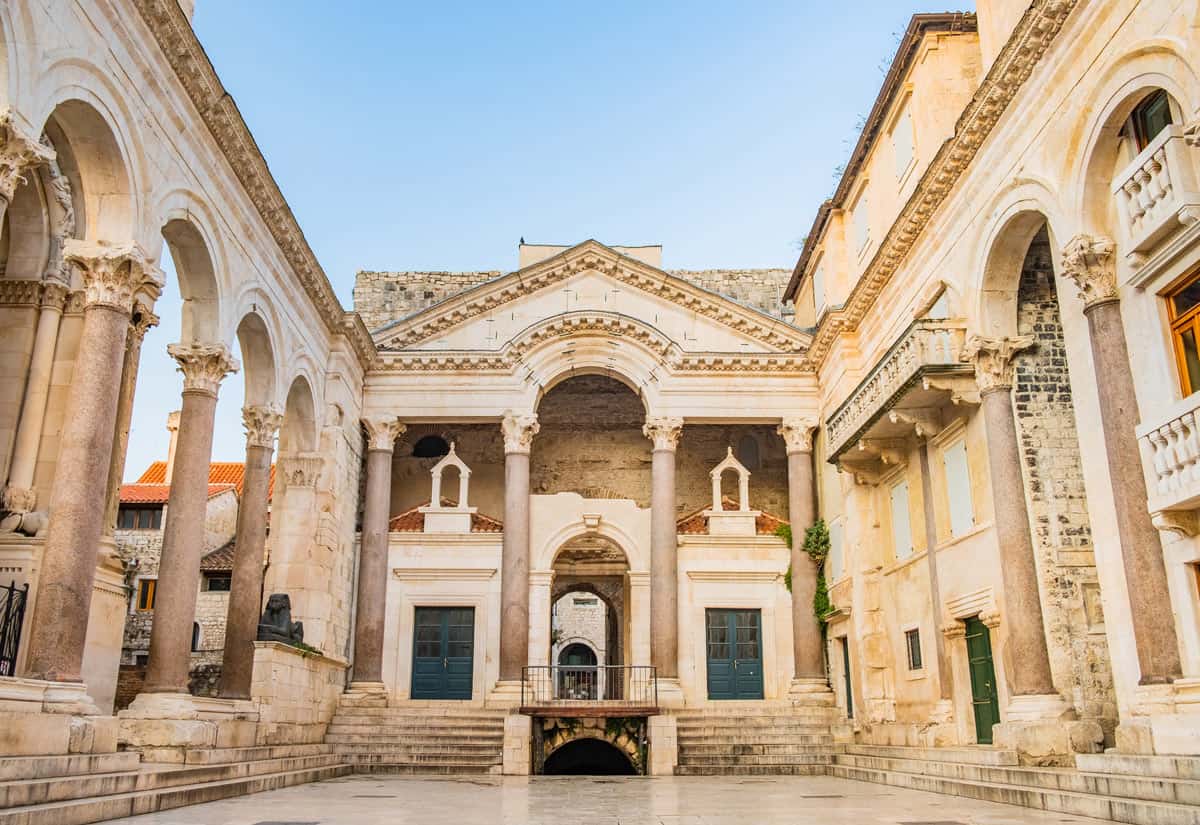
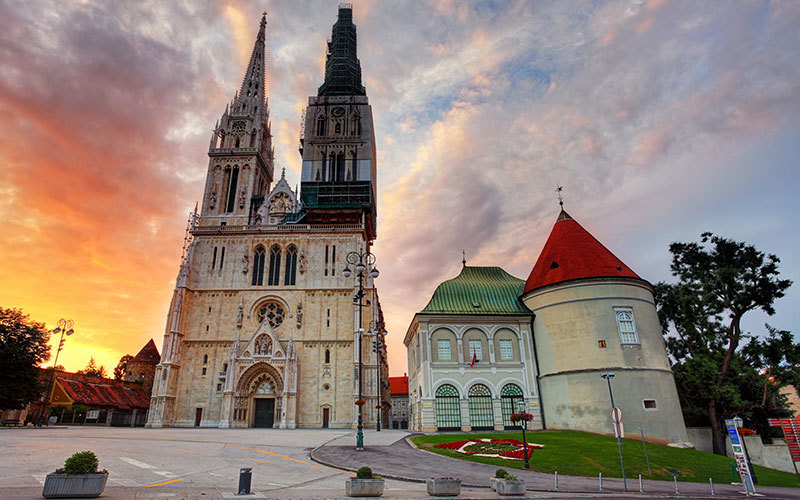
Plitvice Lakes National Park Diocletian's Palace Zagreb Cathedral
Tour Itinerary :
Day 1 : Vienna arrival-Transfer to Belgrade
Arrive at Vienna International Airport transfer to Belgrade,capital of Servia , located at the confluence of the Sava and Danube rivers. Dinner and overnight stay.
Day 2 : Belgrade
After breakfast get the chance to admire busy center of Belgrade, its parliament, and stroll in the Kalemegdan Fortress. Also Visit Sremski Karlovci for wine tasting Next visit to the Museum of Yugoslavia, where Tito´s Mausoleum is located, Also visit Belgrade Fortress and the Victor Monument.Dinner and overnight stay.
Day 3 : Belgrade-Novi Sad-Belgrade
Morning breakfast in the hotel. Thereafter proceed for Novi Sad. city in northern Serbia on the banks of the Danube River. Visit Petrovaradin Fortress dates to the 17th and 18th centuries, with an iconic clock tower and a network of tunnels. Also visit City Museum of Novi Sad. It is full of atillery and historical memorabilia from WW1 and WW2. A very interesting museum if you are into World War history and want to learn more about the history of Serbia.Return back to Belgrade.Dinner and overnight.
Day 4 : Belgrade-Nis-Sofia
After breakfast proceed for Sofia.On the way visit Nis- Skull Tower,Holy Trinity Cathedral,the fortress,King Milan's square and national museum in Nis.Thereafter proceed for Tinker's Alley,a small unique part of Nis. Transfer to Sofia, capital of Bulgaria .Dinner and overnight stay.
Day 5 : Sofia-Skopje
After breakfast checkout and proceed for Skopje.On the way visit the main sights of Bulgaria that includes the St. George Rotunda, the National Theater, St. Sofia Church, and Alexander Nevsky Cathedral known as the monument of King Liberator. Thereafter proceed to Skopje , capital of Macedonia. Complete the border formalities. Dinner and overnight at Skopje .
Day 6 : Skopje-Ohrid
Morning breakfast in the hotel. After that we proceed for the main sights of Skopje that includes Museum of the Macedonian Struggle for Independence and Museum of the City of Skopje which goes into great detail about the 1963 earthquake that devastated the city.We also visit Skopje fortress.On the way we pass by the statue of Alexander the Great, also known as Alexander III of Macedonia . We continue to OHRID, a city with a strong Ottoman influence, a World Heritage Site. You will have time to see the Plaosnik Monastery or the ancient university founded in the ninth century. Dinner and overnight in Orhid.
Day 7 : Ohrid – Tirana
After breakfast checkout and proceed for Tirana. On the way visit Visit the Church of St. John at Kaneo and Samuil’s Fortress Afterwards set off for Montenegro border procedures. We then arrive at Tirane, the capital of the Albania.Enjoy some free time. Dinner and overnight in Tirane.
Day 8 : Tirana – Budva
Breakfast in the hotel. Today have a city tour of TIRANA, with its Mosques, the Clock Tower and the ministries. Around midday we leave for inland Albania, with high mountain scenery and small villages along the way. Also visit Skanderberg Sqaure, the main square in Tirana and home to the National Museum .Enjoy the beautiful countryside around Lake Ohrid which forms the border with Macedonia.After that proceed to Budva,a town in Montenegro on Adriatic sea. Dinner and overnight in Budva.
Day 9 : Budva-Perast-Kotor-Budva
After breakfast proceed for Perast .As we arrive at Perast coast we explore the Gospa Island located on the coast of Perast in the Bay of Kotor. Also visit Perast Museum, a historic waterfront maritime museum featuring notable artifacts & panoramic balcony views.After full day of entertainment return back ot Budva.Dinner and overnight stay.
Day 10 : Budva-Dubrivnik-Split
Today after breakfast check out and proceed for Dubrivnik . Border formalities may take some time. On arrival start the panoramic tour of Dubrovnik . The tour includes tickets to the Franciscan Monastery, home to the oldest pharmacy in Europe, and the Assumption Cathedral. We gradually travel to the interior region of Croatia, passing through beautiful hilly landscapes until arrive in Split .Enjoy a tour with admission to Diocletian’s Palace. Explore this vast Roman palace, with its labyrinthine streets and stunning sea views. Dinner and overnight in Split.
Day 11 : Split- Plitvice National Park
After breakfast proceed for Plitvice Lakes, Croatia. Plitvi?e Lakes National Park is a 295-sq.-km forest reserve in central Croatia. It's known for a chain of 16 terraced lakes, joined by waterfalls, that extend into a limestone canyon. Here, you’ll be able to admire its lakes and waterfalls, walk along the scenic trails, or take a boat ride on the lakes´ waters. Tickets are included for either a boat ride or a train ride. Spend evening at leisure.Dinner and overnight in Plitvice.
Day 12 : Plitvice-Zagreb
Today after breakfast checkout and proceed for City orientation tour of Zagreb.Explore the highlights of the Croatian capital, including its two hills. Explore the Upper Town (Gornji Grad) and Lower Town Afterward visit St. Mark’s Church, Zagreb Cathedral, and Dolac Market . In the evening you will have free time to explore on your own. You can relax at Tkal?i?eva Street with some local food .Dinner and overnight.
Day 13 : Zagreb-Vienna departure
Breakfast at hotel and check out .Transfer to Vienna airport. to board departure flight back to India.
For more details of booking procedure and Terms & condition,Please visit our office or contact our Tour Advisor.



